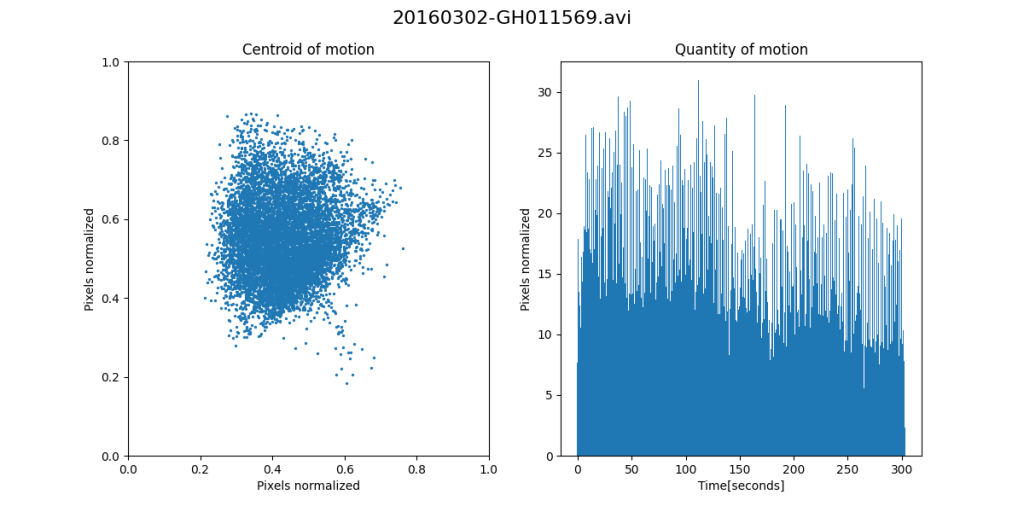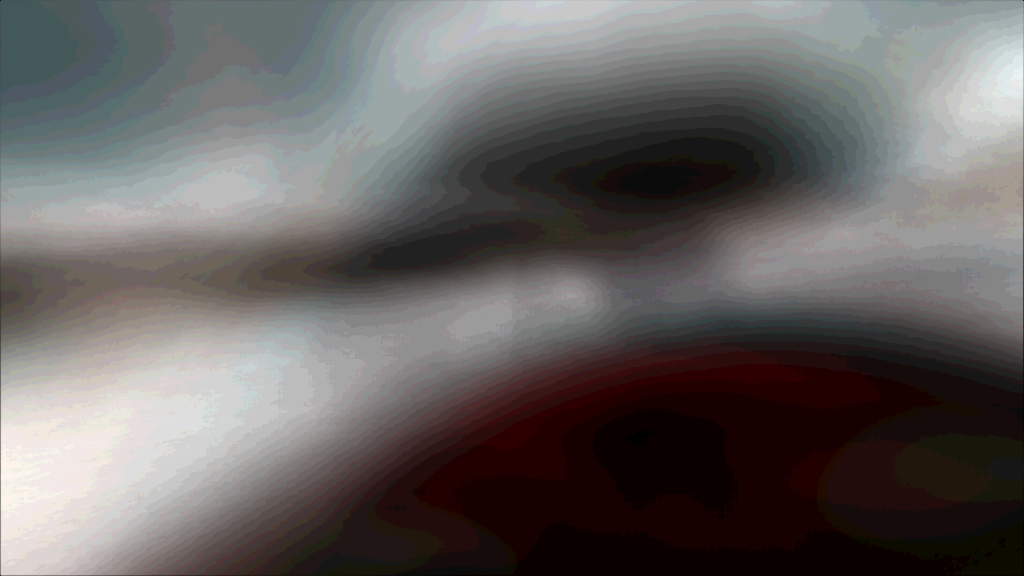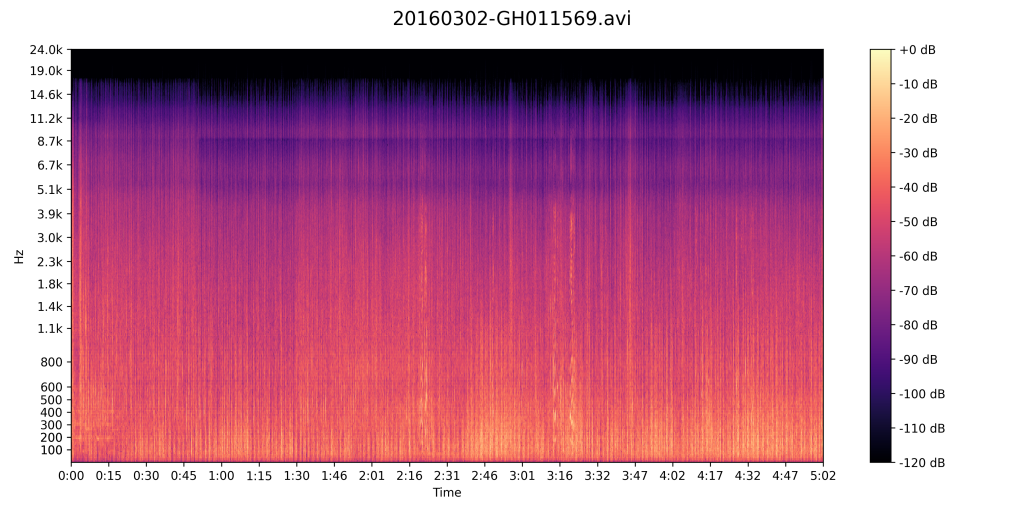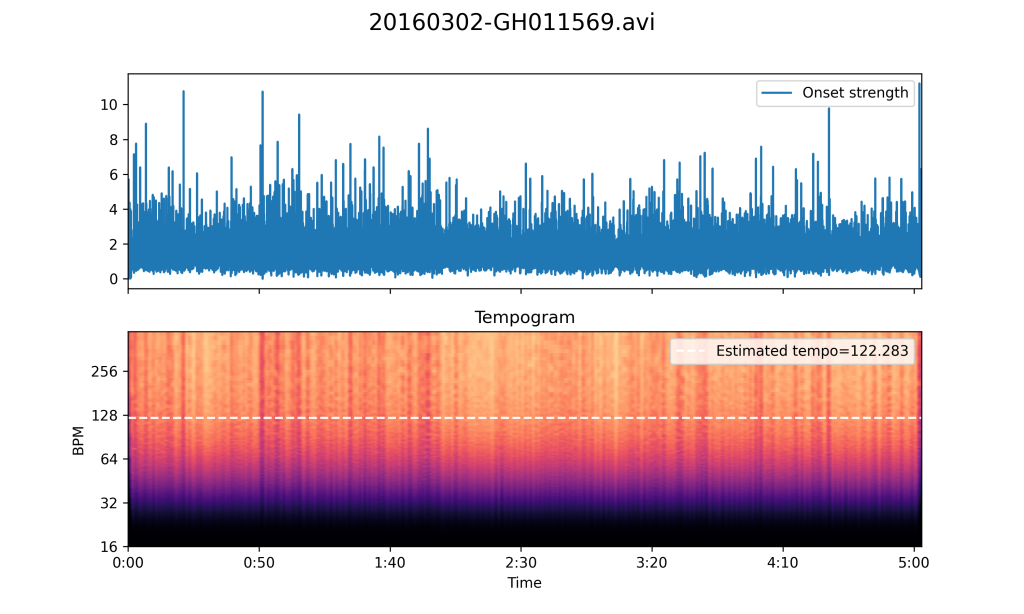Like many others, I bought a kayak during the pandemic, and I have had many nice trips in the Oslo fiord over the last year. Working at RITMO, I think a lot about rhythm these days, and the rhythmic nature of kayaking made me curious to investigate the pattern a little more.
Capturing kayaking motion
My spontaneous investigations into kayak motion began with simply recording a short video of myself kayaking. This was done by placing an action camera (a GoPro Hero 8, to be precise) on my life vest. The result looks like this:
In the future, it would be interesting to also test with a proper motion capture system (see this article for an overview of different approaches). However, as they say, the best motion capture system is the one you have at hand, and cameras are by far the easiest one to bring around.
Analysing kayaking motion
For the analysis, I reached for the Musical Gestures Toolbox for Python. It has matured nicely over the last year and is also where we are putting in most new development efforts these days.
The first step of motion analysis is to generate a motion video:
From the motion video, MGT will also create a motiongram:

From the motiongram, it is pretty easy to see the regularity of the kayaking strokes. This may be even easier from the videogram:

We also get information about the centroid and quantity of motion:

The quantity of motion can be used for further statistical analysis. But for now, I am more interested in exploring how it is possible to better visualise the rhythmic properties of the video itself. It was already on the list to implement directograms in MGT, and this is even higher on the list now.
The motion average image (generated from the motion video) does not reveal much about the motion.

It is generated by calculating the average of all the frames. What is puzzling is the colour artefacts. I wonder whether that is coming from some compression error in the video or a bug somewhere in MGT for Python. I cannot see the same artefacts in the average image:

Analysing the sound of kayaking
The video recording also has sound, so I was curious to see if this could be used for anything. True, kayaking is a quiet activity, so I didn’t have very high hopes. Also, GoPros don’t have particularly good microphones, and they compress the sound a lot. Still, there could be something in the signal. To begin with, the waveform display of the sound does not tell that much:

The spectrogram does not reveal that much either, although it is interesting to see the effects of the sound compression done by the GoPro (the horizontal lines from 5k and upward).

Then the tempogram is more interesting.

It is exciting to see that it estimates the tempo to be 122 BPM, and this resonates with theories about 120 BPM being the average tempo of moderate human activity.
This little investigation into the sound and video of kayaking made me curious about what else can be found from such recordings. In particular, I will continue to explore approaches to analysing the rhythm of audiovisual recordings. It also made me look forward to a new kayaking season!
